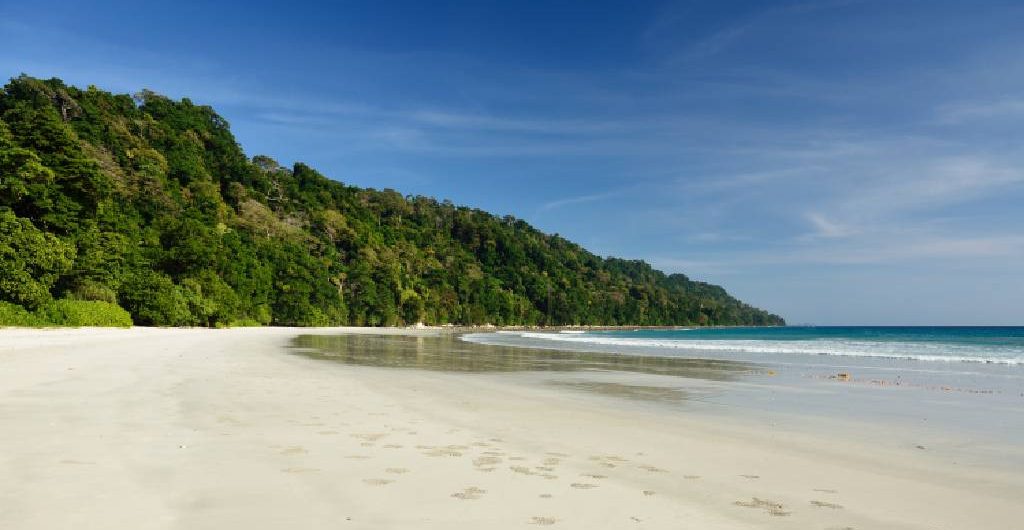
The Andaman and Nicobar Islands, located in the Bay of Bengal, are a breathtaking archipelago of over 500 islands, known for their unparalleled natural beauty and cultural diversity. This Union Territory of India is a true tropical paradise, offering a rich blend of history, culture, and stunning landscapes.
Geography
The Andaman and Nicobar Islands are spread across a vast expanse, covering approximately 8,249 square kilometers. The archipelago comprises two main groups: the Andaman Islands to the north and the Nicobar Islands to the south. The terrain varies from lush rainforests to pristine beaches, making it a haven for nature enthusiasts.
History
These islands have a fascinating history, from ancient times to the colonial era. They were inhabited by indigenous tribes for thousands of years before becoming a part of various empires and colonial powers. During World War II, they played a crucial role as a strategic outpost.
Culture
The islands boast a rich cultural tapestry influenced by the indigenous tribes, Indian settlers, and various other communities. Diverse languages are spoken here, and the region celebrates a multitude of festivals, including traditional tribal festivities. The cuisine is a delightful mix of seafood and Indian flavors.
Biodiversity
The Andaman and Nicobar Islands are known for their unique and diverse flora and fauna. They are home to several endemic species, including the famous Andaman Nicobar pigeon. Conservation efforts are in place to protect the fragile ecosystem, with several national parks and wildlife sanctuaries.
Tourism
Tourism is a major industry in the Andaman and Nicobar Islands. Travelers are drawn to the pristine beaches, clear waters, and abundant marine life. Popular destinations include Havelock Island, Neil Island, and the capital city, Port Blair. Activities such as snorkeling, scuba diving, and trekking are widely enjoyed.
Economy
The economy of the islands is primarily based on agriculture, fisheries, and tourism. The growth of the tourism sector has brought economic prosperity to the region, but it also presents challenges in terms of environmental conservation.
Administration
The Andaman and Nicobar Islands have a unique administrative status as a Union Territory of India. Governance and administration are overseen by the central government, with a Lieutenant Governor at the helm.
Transportation and Connectivity
The islands are accessible via air and sea. There are airports in Port Blair and other major islands, and ferry services connect various islands. The islands also play a significant role in India’s maritime security.
Environmental Concerns
The fragile ecosystem of the Andaman and Nicobar Islands faces threats from natural disasters such as tsunamis and rising sea levels due to climate change. Conservation efforts are crucial to preserving the unique biodiversity.
Future Prospects
The future of the Andaman and Nicobar Islands looks promising with ongoing infrastructure development and economic growth. However, a delicate balance must be maintained to ensure sustainable development and the protection of the environment.